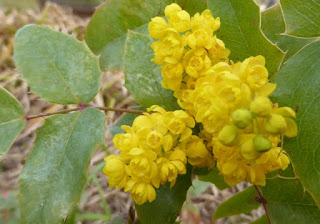ANPS gets close to L*ons and into Farrer

All of the group were close to the suburb of L y ons, while Kris, Jo and myself, coming through beautiful downtown Queanbeyan were close to the l i ons at the circus. OK. Getting to the venue. Here is the approximate route. There were many good views to the West ... .. and North. Once out of the worst depredations of the Sparks and Wildfires Service there were masses and masses of flowers. This shows some Indigofera and Stypandra . OK, again, already! Lets get up a bit closer to the plants. Stackhousia monogyna was present in vast amounts: enough 'candles' to light up a Liberace concert! Leucopogon attenuatus was getting a tad over. On the other hand some L. fletcheri was very fresh looking. Sticking with the white goods Drosera peltata had quite a few flowers. Some of them were a tad pinker than this. Pimelea linifolia . Poranthera microphylla Stypandra glauc...


